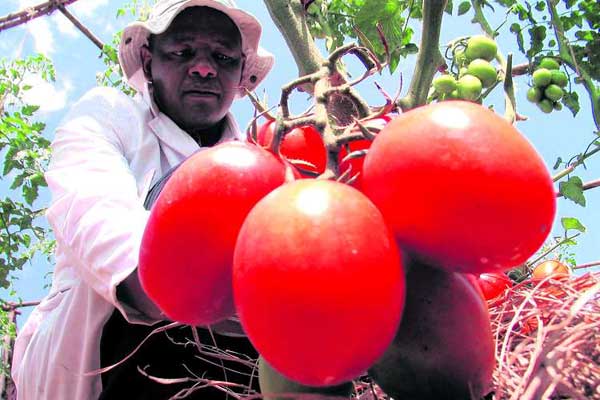When you run a commodity-based business like farming, it is a sure reality like death and taxes that prices will fluctuate. When prices are high, farmers can make a profit.
When prices fall, farmers are at the whims of buyers. But prices are supposed to fluctuate according to demand, competition, and pests or blight.
There’s a big difference between normal price fluctuations and volatility in the marketplace. What do you do when “normal” fluctuations in price all of a sudden lead to a dramatic drop in prices? Let’s take three scenarios.
First: You have a small farm and 100 per cent of the land is used to cultivate one crop and the price for that crop just fell precipitously. Here is what to think about and do;
1) What forward contracts do you have, at what price, and for how much weight? Call your buyer to be sure it is still intact. Do you have insurance? Call your broker.
2) What loan-servicing requirements do you have? Call your banker or investor immediately and discuss the situation. Remember, you are not the only one affected by this. Their response depends on how many farmers are affected and what that does to the bank’s loan portfolio.
3) Add your voice to the need to access the set aside cash, if there is one, for crop failure and for price support from the county government. If this does not work, go to your national leadership and join with the voice of the national producer’s association for immediate government assistance.
But get back to work and plow what you can and replant with a good, hearty crop or bring the whole crop to harvest and if possible, store a third for later sale when the price rebounds, sell a third at that day’s price, and sell the remainder at a loss or destroy it. Storing grain in a bin, for instance, and waiting for spring prices is “a high-risk, high-reward” scenario.
Second: You have a medium-sized farm and you cultivate three different crops (tea, coffee and maize), and only one has experienced a precipitous price drop. In this case, do all of the things listed above and then, assess whether the price drop is structural, which means you will probably decide that your long-term strategy is to plow under the fields of the crop in question and starting afresh planning the next planting season.
Third: You have a large farm and you are as much a price setter as you are a price taker in the crops you cultivate. You can withstand a longer period of lower prices than small landholders, but you need to re-examine your brand, your customer base, and your expansion opportunities.
Remember, when the price is low, it is easier to expand into new markets with a strong brand name than it is to win over new customers during a price war. You need to manage demand during this time. You need to save your relationship with your key customers. And you need to manage your debt or use this opportunity to restructure your debt.
The single priority you should have is meeting your promise to supply your customers with the brand name they have come to love and equate with quality. If you can afford it, to keep processing capacity full, you might buy from neighbours at an even lower price and sell. You might decide to continue to buy from your neighbours, and replant your own fields with products that have shorter growing seasons and higher per kilo prices.
An example is alfalfa for maize or roses for tea or green grams for sukuma wiki. While the bigger you are, the greater your options, smallholder farmers should always consider diversifying. This option is always available to those interested in managing their risk.








